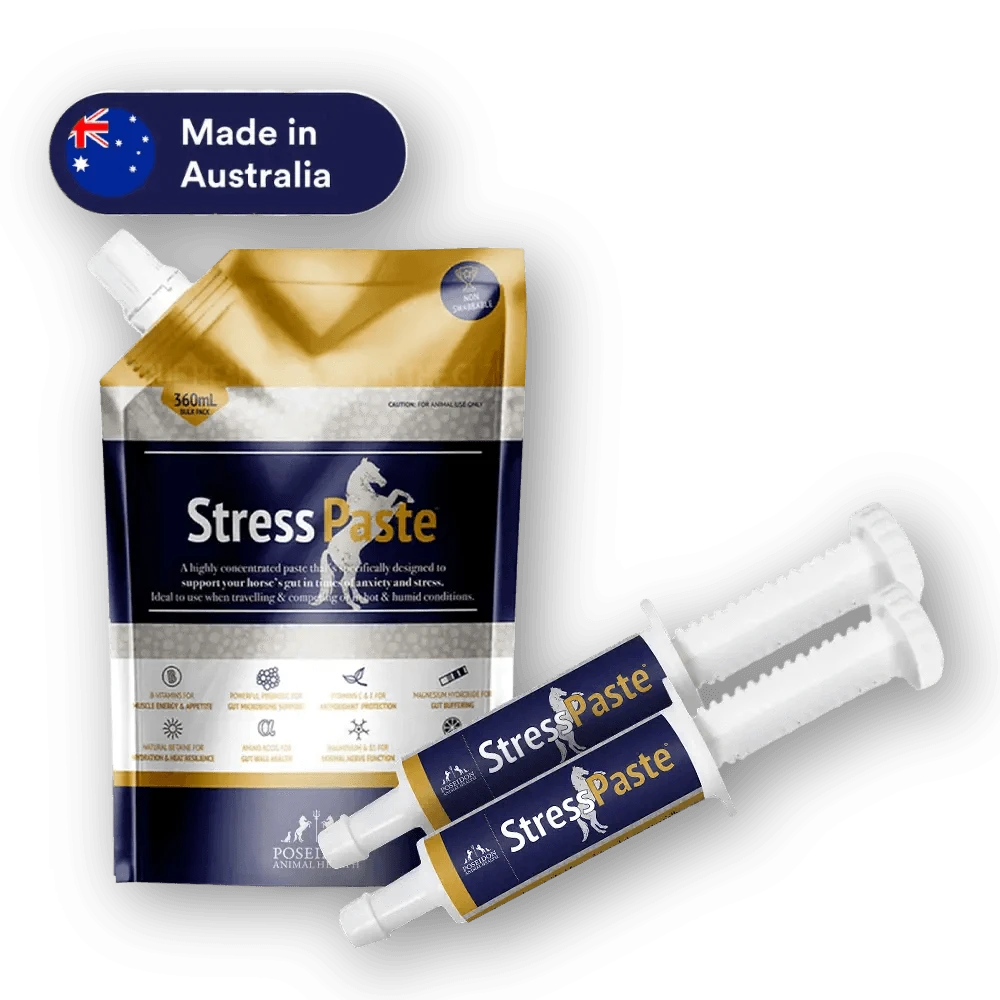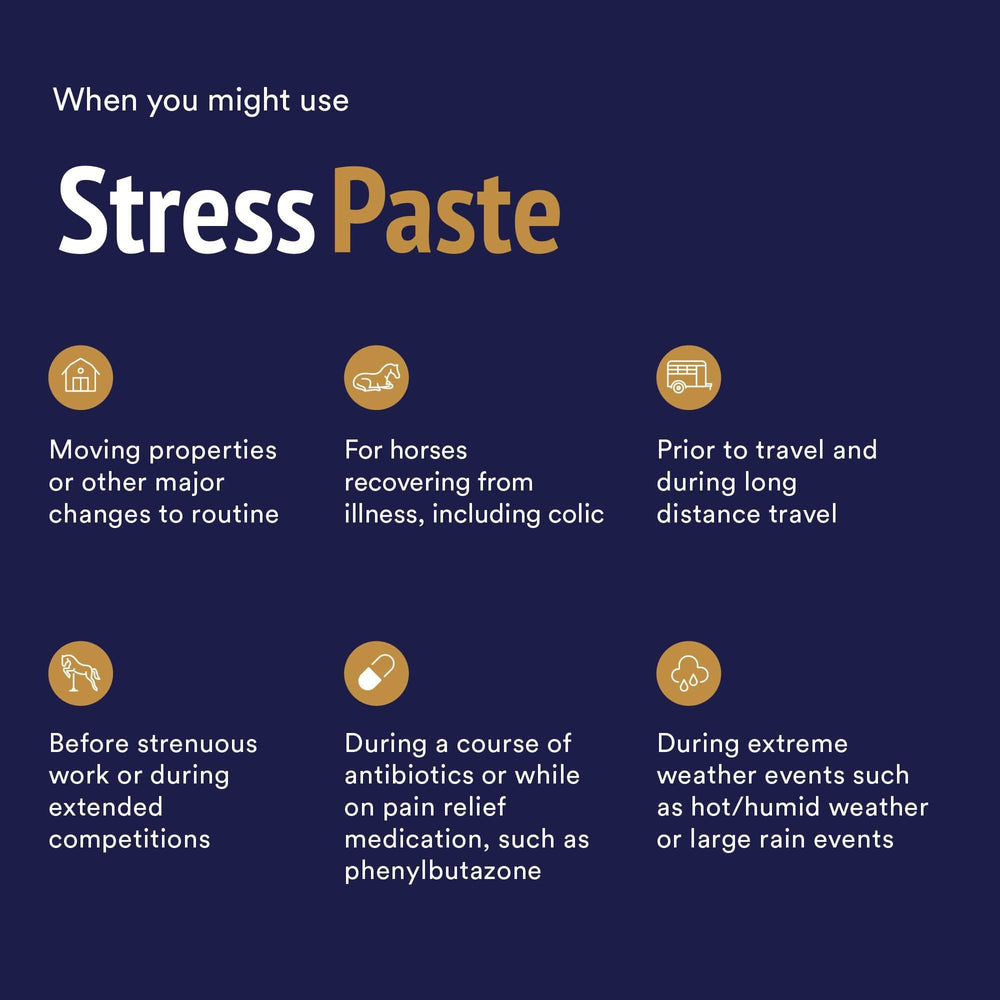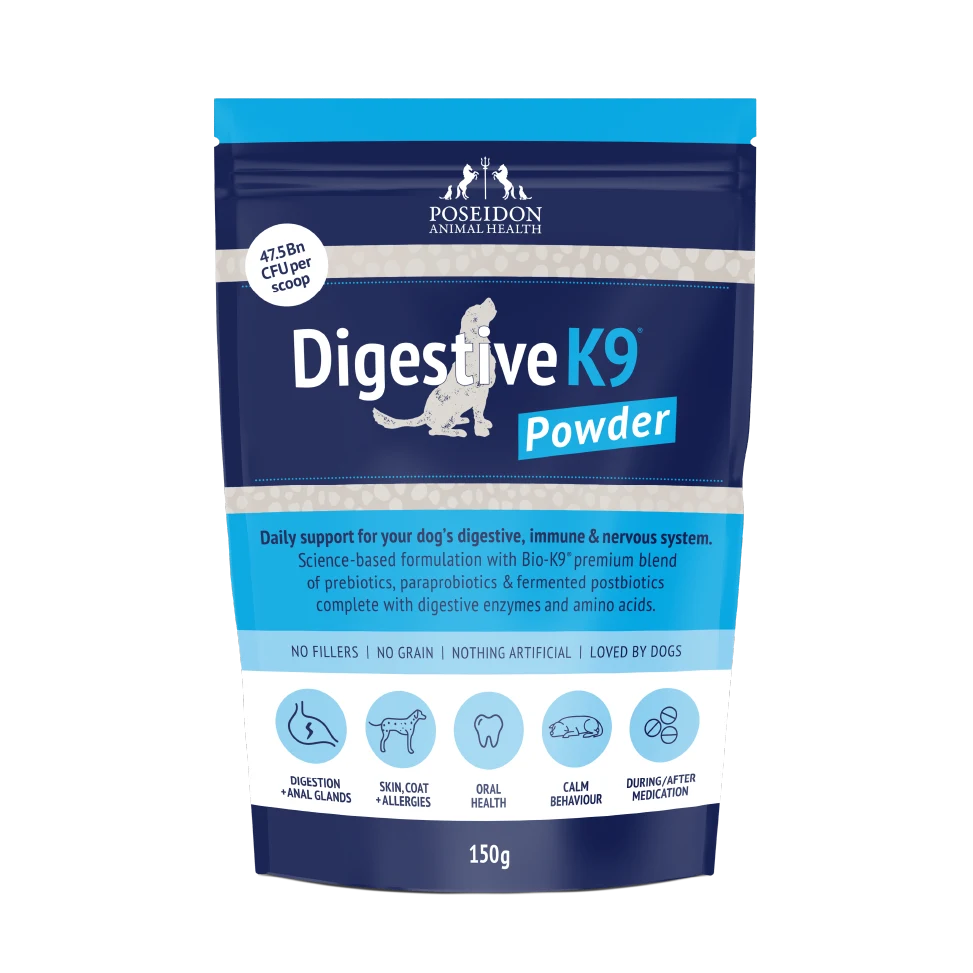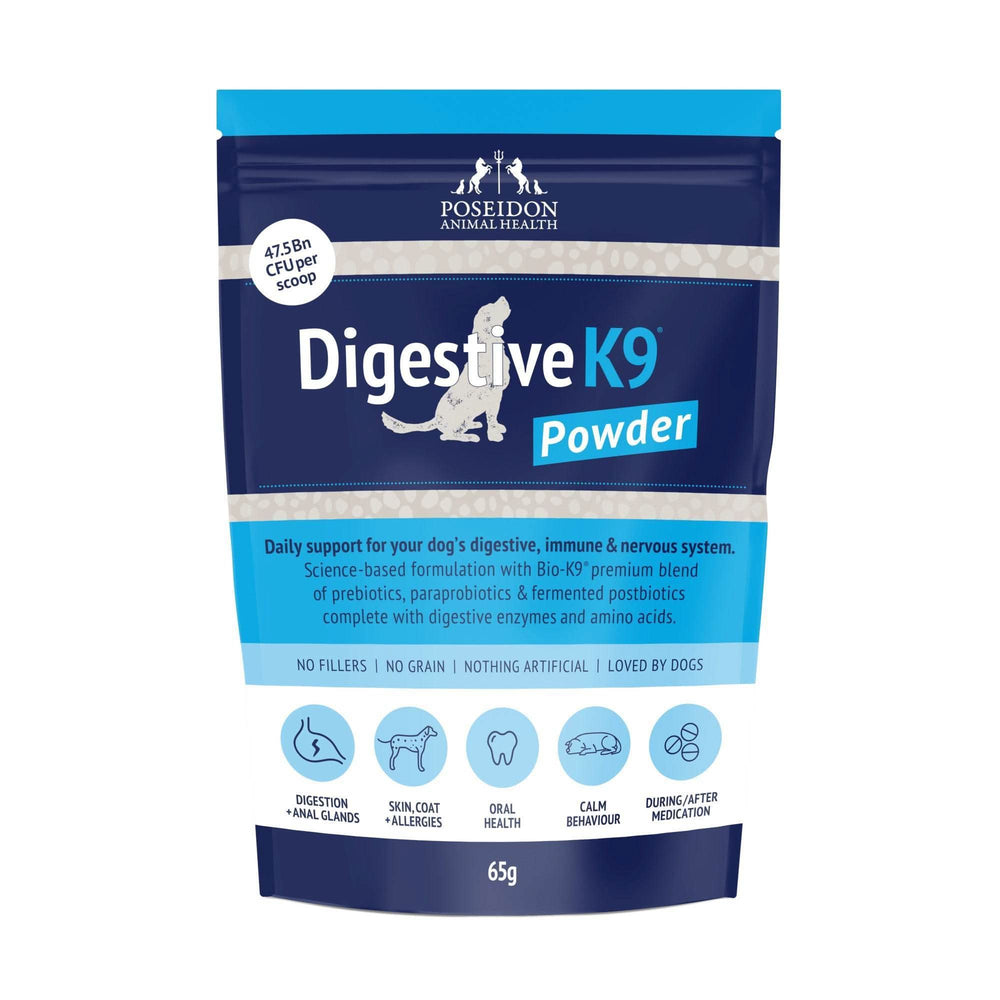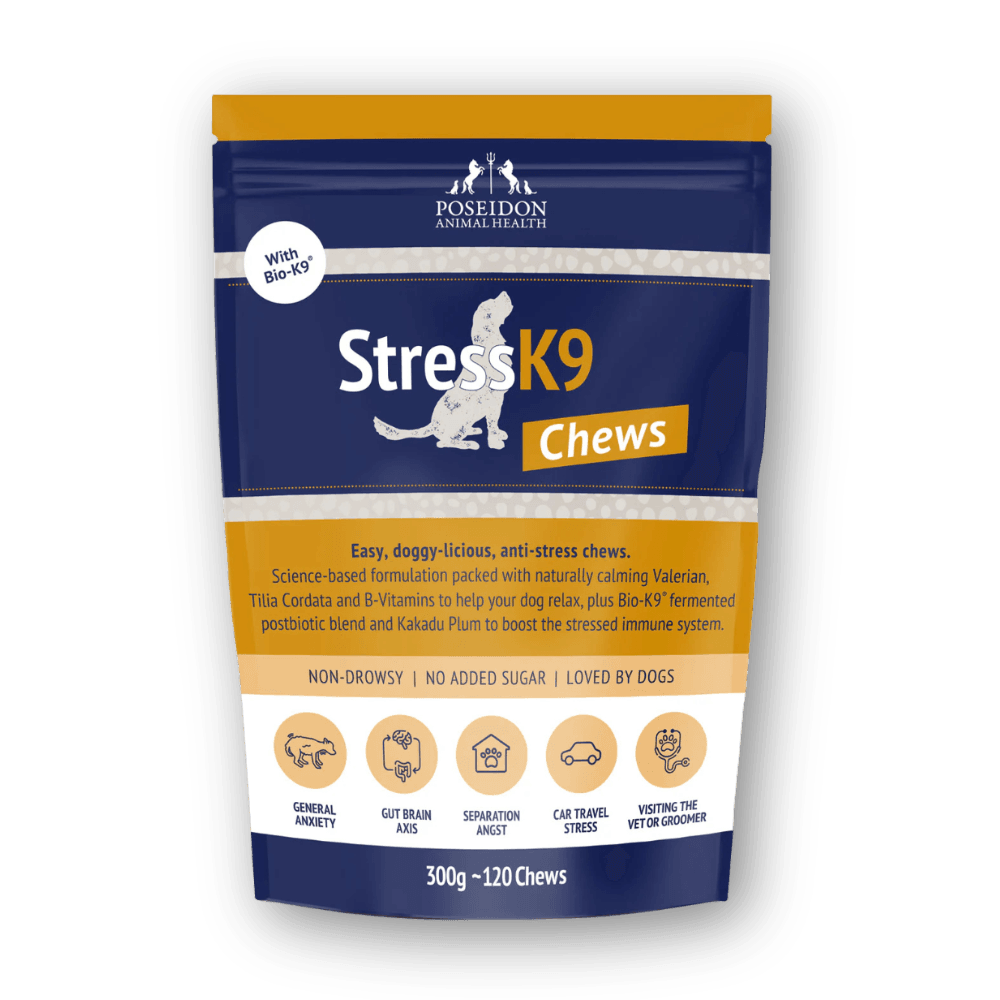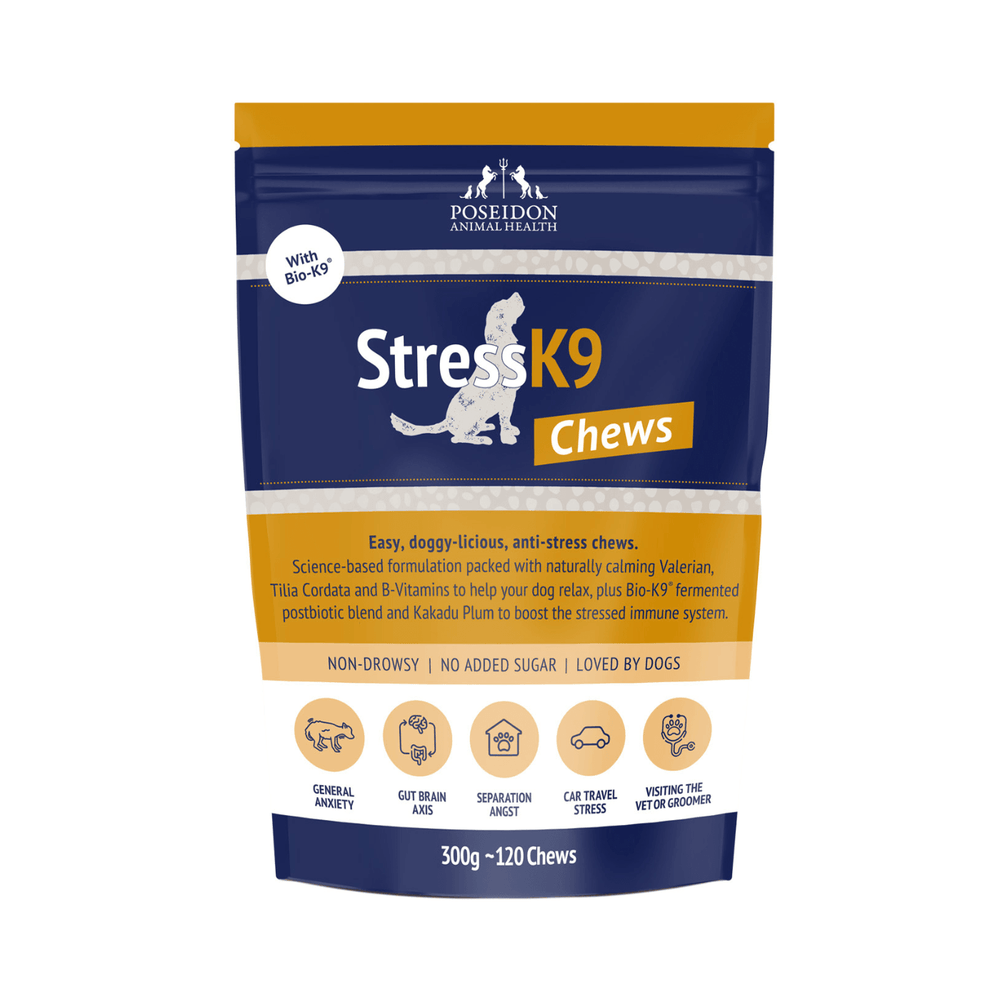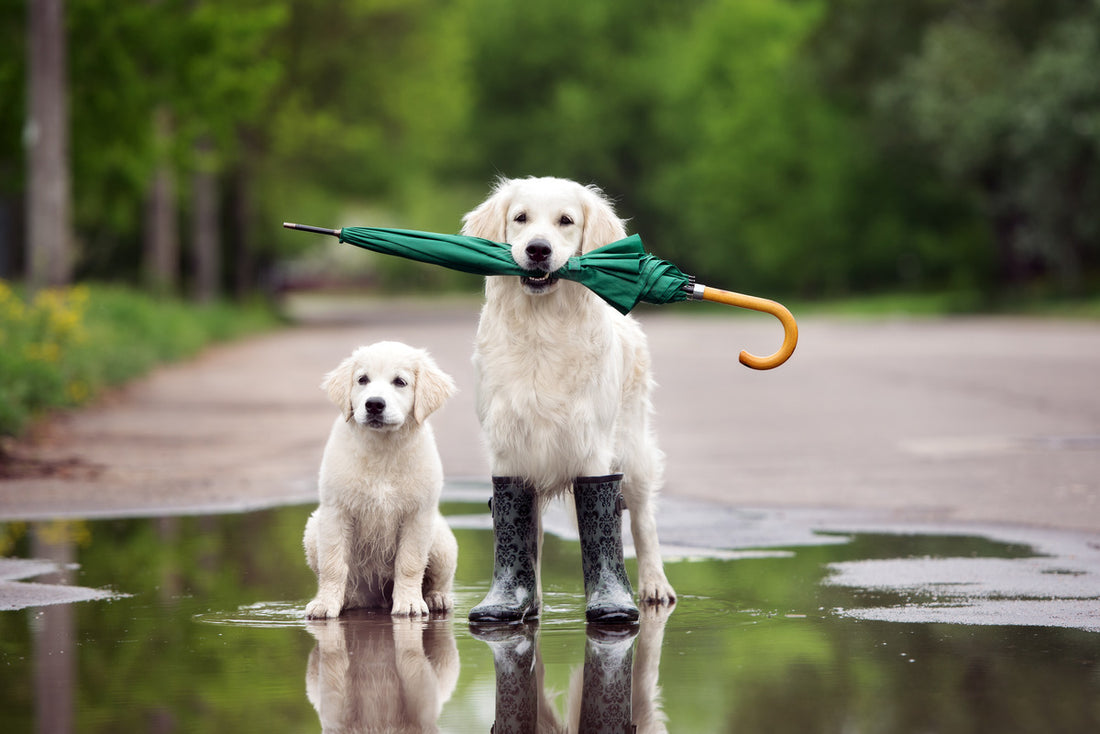
As storm seasons intensify across the south-east coast of Victoria and the east coast of New South Wales, dog owners are faced with the challenge of ensuring their pets' safety and well-being. This comprehensive guide delves into effective strategies for managing dogs during tumultuous weather, aiming to alleviate the stress and anxiety associated with storms.
Understanding Storm Anxiety in Dogs ⛈️
Storms can induce significant anxiety in dogs, manifesting as restlessness, excessive barking, or even destructive behaviour. Recognising the signs of storm anxiety is the first step towards providing effective support.
For example, you might notice your dog pacing back and forth in the house, unable to settle down, or maybe they start hiding in a closet or under the bed, seeking shelter from the storm. Some dogs might even react by chewing on furniture or other items they usually leave alone, driven by their anxiety. A friend of mine had a dog who, during every storm, would bark incessantly at the noise, trying in vain to scare off the thunder and lightning.
Another subtle sign could be your dog coming up to you more often, seeking reassurance through physical contact or a comforting pat, as if saying, "Hey, I'm really not feeling great about this weather."
Factors contributing to this anxiety may include the noise of thunder, flashing lightning, and changes in atmospheric pressure, which can be particularly distressing for sensitive animals.
It's all about noticing those little changes in behaviour that indicate they're not their usual selves and helping them before anxiety escalates. Here are a few things you can do.
Preparation Before the Storm ⚡️
Pre-emptive measures can make a significant difference in managing your dog's anxiety. Ensuring your dog wears a durable collar, preferably made of materials like leather that won’t cause harm if it needs to break away, is crucial. Also make sure your dog is microchipping and council registration is up to date, so if like me, your dog is an escape artist and bolts out during thunderstorms, you know he can be easily identified and returned if lost during a storm.

Creating a Safe Space 💙
Establish a safe, quiet space for your dog to retreat to during storms. This area should be insulated from the noise as much as possible and contain familiar items like their bed, toys, and blankets to provide comfort and security. Some dogs may find solace in a covered crate or a room with minimal external noise exposure, helping to mitigate their anxiety.
Setting up a cosy corner can really help your dog weather the storm, both literally and figuratively. Picture this: a quiet corner of your home, maybe a nook under the stairs or a spare bathroom, transformed into a calming retreat, away from the noise and the lights. You can line it with their favourite bed, throw in a couple of well-loved toys, and maybe drape a blanket they often snuggle with and to muffle the sound of thunder. You can also throw in an old sweatshirt that smelled like you. My dog loves taking one of our sneakers to his bed when we are not around and he is anxious! The familiar scents and objects can work wonders in calming a nervous dog, making them feel safe in their little den. It's all about mimicking the security and comfort they find in being close to you, even when you can't be right there beside them.
Behavioural and Environmental Management 🐶
Training and desensitisation techniques can be employed to reduce storm-related anxiety. Playing recorded storm sounds at increasing volumes over time may help your dog become accustomed to the noise. Start with storm sounds at a volume that doesn't bother your dog, maybe just as background noise while you two chill together. Over time, you gradually make it louder, but keep the vibes positive with treats or a fun game. This way, your dog starts thinking, "Hey, storms? Not so bad when I get goodies and playtime!"
During actual storms, pull out your dog's favourite puzzle toy filled with treats, to distract your dog from the storm outside. Providing treats and using positive reinforcement can also help associate stormy weather with positive experiences.
It's all about patience and positive vibes, gradually shifting their mindset to see storms as just another time for bonding and treats.
Professional Advice and Medical Interventions 🧑🏽⚕️
Reaching out for professional advice can open up a whole range of solutions tailored to your dog's specific needs. Think of it like getting a custom-made toolkit for your dog's storm anxiety. For instance, a vet or animal behaviourist might recommend a pheromone diffuser that releases calming chemicals into the air.
Many vets and canine nutritionists also recommend gut health supplements such as science-backed, all natural Digestive K9 from Poseidon Animal Health with pre, post and paraprobiotic, digestive enzymes and amino acids to help the whole of the gut manage any stress events. This Australian pet supplement company also makes a fantastic chew for high stress events, "Stress K9 Chews". With these, always best to start them early so they have strong inner health ahead of any acute stress events.
For dogs with particularly severe anxiety, there might be a need for prescription medication. It's not the first go-to, but for some dogs, it's what finally gives them relief during storms. It's key to have these strategies in place before the storm season hits, so you can see what works best for your dog in a low-stress environment. Following up with your vet on how these interventions are working is also crucial, ensuring your dog's safety and well-being, and by extension, the safety of your home and family. It's all about finding the right combination of approaches that can make stormy weather a breeze for your dog.
Post Storm Care and Considerations 🤗
After the storm has passed, think of it as doing a quick safety check in your yard or walking paths, just like you'd glance around to make sure everything's okay after a big wind knocks things around. You might spot a broken branch or some scattered debris that could be dangerous for your curious pup on their next outing. Removing these hazards keeps them safe and lets you both get back to enjoying walks and playtime without worry.
Keeping your cool is just as crucial. If you're tense or jittery while checking for hazards or just going about your post-storm routine, your dog might start thinking, "Wait, should I be worried too?" Their knack for tuning into our feelings can really influence how they're feeling. So, by staying calm, you're essentially telling them, "All's good now, buddy. The scary part is over."
If you notice your dog is still a bit on edge even after the storm, that's your cue to ramp up the TLC. Continue with the comforting routines you've established, like extra cuddle time or playing their favourite games. It helps reassure them that they're safe and that storms, though scary, are temporary. Watching for any signs of lingering anxiety isn't just about making them feel better in the moment—it's also about helping them build resilience for the next time bad weather rolls in.

Effective management of dogs during storms requires preparation, understanding, and patience. By adopting these strategies, you can help minimise the stress and anxiety experienced by your canine companion during stormy weather. Remember, every dog is unique, so it's important to tailor these approaches to suit their individual needs and consult with professionals for the best outcomes, and if you want to help your dog cope with stress from the inside out, try Poseidon’s Stress K9 Chews.







